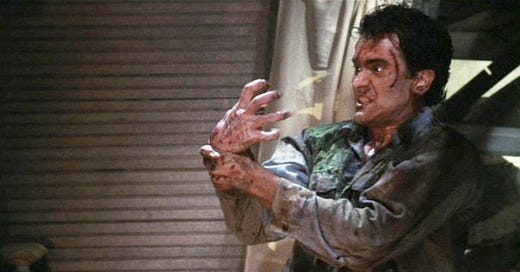CRAFT is a reader-supported email newsletter about the nuts and bolts of fiction writing and the world of publishing.
I started thinking about this because I have been watching HBO’s The Last of Us. But also, I’m a lifelong horror fan, and someone who writes mysteries, and mysteries are almost always murder mysteries, which means that I think about viole…


